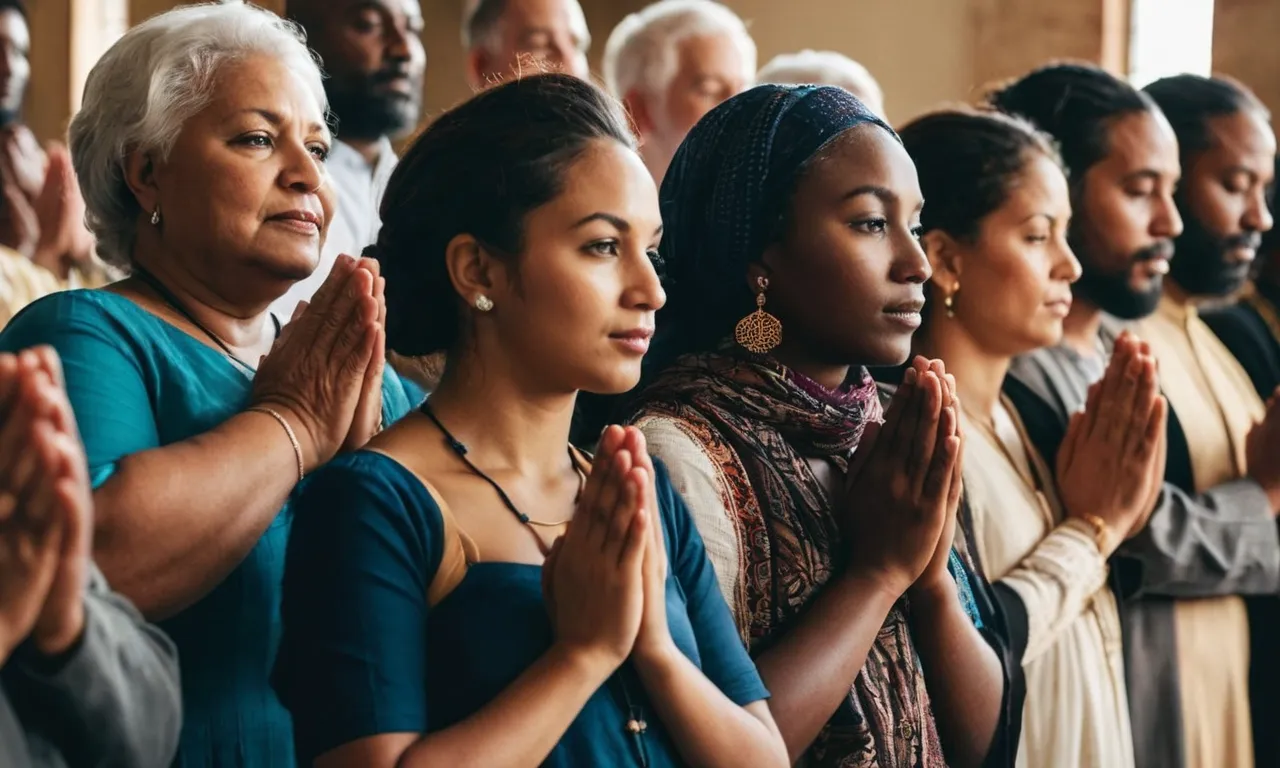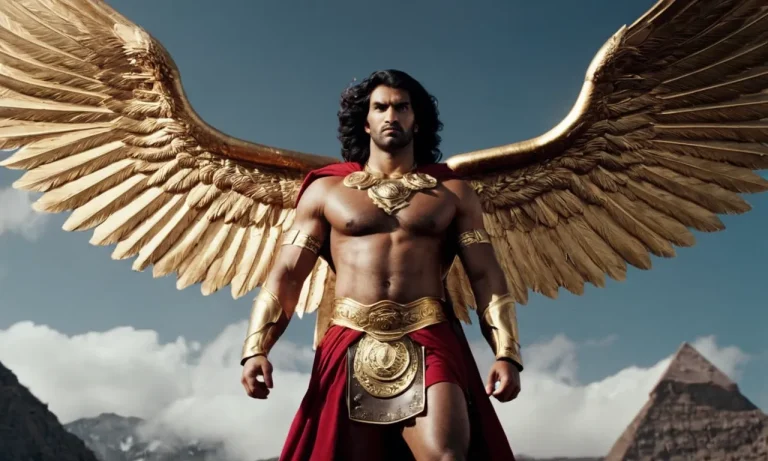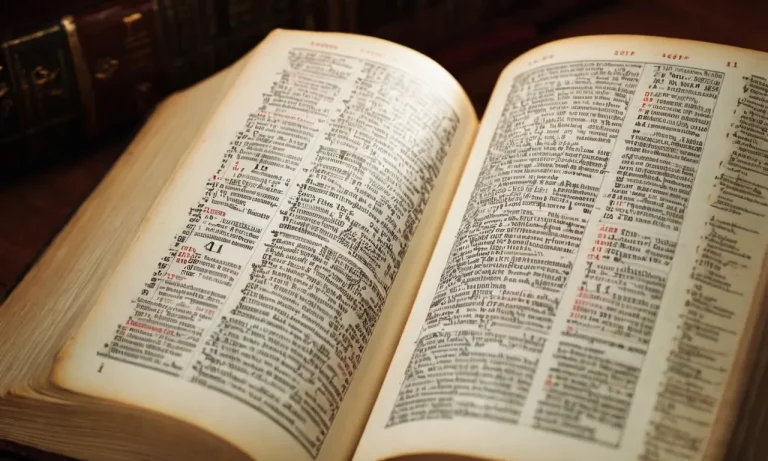How Christianity Changed The World
Christianity is the world’s largest religion, with over 2 billion followers globally. Since its humble beginnings over 2000 years ago, Christianity has had an immense influence on human civilization. In this comprehensive article, we’ll explore the many ways Christianity shaped history and changed the world.
The Spread of Christianity in the Roman Empire
Early Growth and Persecution
Christianity originated as a small movement within Judaism in the 1st century CE. According to historical records, Jesus of Nazareth, the founder of Christianity, was crucified by Roman authorities around 30 CE.
His followers continued preaching his teachings after his death, attracting converts initially among Jewish populations. Within a few decades, the number of Jesus’ followers grew to the thousands, spreading beyond Judea to major cities around the Roman Empire like Alexandria, Antioch, Corinth, and Rome itself (Encyclopaedia Britannica).
As the young religion expanded, it faced escalating opposition and persecution from Roman authorities. The Romans saw the Christians as strange and subversive as they only believed in one God and refused to worship Roman gods.
Several persecutions of Christians occurred under various Roman emperors, including Nero and Diocletian, with followers often tortured and executed in brutal ways. Despite the dangers, Christianity continued to attract new converts leading up to the 4th century CE.
Legalization and Acceptance under Constantine
The turning point came under Emperor Constantine I, who issued the Edict of Milan in 313 CE. This landmark decree legalized Christianity, allowing followers to worship openly throughout the Roman Empire.
Constantine himself later converted to Christianity, becoming the first Christian emperor (History.com). Christianity soon transformed from being a fringe movement to one embraced by Roman society and Constantine’s imperial administration.
In the decades that followed Constantine, Christian membership boomed across the empire. Lavish cathedrals replacing pagan temples popped up across major Roman cities as the faith grew in popularity and political influence.
By 391 CE, Emperor Theodosius I declared Christianity the official state religion of the Roman Empire, marginalizing older polytheistic Roman religions (Theodosian Code). At its peak, over 90 million people – around half the empire’s population – identified as Christians.
Christianity Becomes the Dominant Religion
After the fall of Rome, Christianity flourished as the dominant religion throughout Europe well into Medieval times. Its theology and teachings went on to have profound impacts on the formation of Western civilization.
Various Christian denominations appeared over the centuries, from Roman Catholicism in the West to Eastern Orthodox in the East.
Elements of Greco-Roman culture fused into Christian traditions in this era. For instance, Christian monks preserved and copied ancient texts, both secular and religious, helping to transmit writings of ancient philosophers and poets to later generations.
Christianity also spread beyond Europe to the Americas, Sub-Saharan Africa, parts of Asia and more via colonization and missionary work (Khan Academy).
While its followers use diverse denominations today, Christianity stands historically as the world’s largest religion. Forming in ancient Judea, the faith grew from the passionate evangelism of Jesus’ disciplines and their successors despite facing persecution.
Christianity ultimately displaced ancient Roman polytheism to become Rome’s – and Europe’s – primary belief system with profound implications for all world history since.
The Establishment of the Catholic Church
The Creation of Church Hierarchy and Doctrine
In the early centuries after Jesus Christ, the church began to organize itself into a hierarchical institution with established doctrine. Leaders known as bishops emerged in important cities like Rome, Jerusalem, Antioch, and Alexandria.
Councils were held to settle disputes and establish orthodox teaching on issues like the Trinity and the nature of Christ. Key figures like Athanasius, Ambrose, and Augustine influenced the development of theology and church doctrine.
By the 5th century, the bishop of Rome was exerting authority over the entire Western church. Doctrine was formalized in statements like the Apostles’ Creed.
The Rise of the Papacy
As the Roman empire declined, the Bishop of Rome gained increasing political power and religious authority. In the absence of strong imperial leadership in the West, the popes filled the vacuum and became not just spiritual leaders but secular rulers as well.
Key figures during this rise include Pope Leo I, who asserted Roman primacy, and Pope Gregory I, who established the medieval papacy. Gradually, through alliances with Frankish kings like Charlemagne, the popes amassed territories known as the Papal States.
By the late Middle Ages, the papacy reached the height of its power and wealth.
Consolidation of Power and Influence
During the high to late Middle Ages (1000-1500 AD), the Catholic Church became the dominant institution in Europe. It had a virtual monopoly on religion and controlled vast wealth, land, and other privileges.
Efforts like the Gregorian Reform movement worked to consolidate church power and eliminate secular interference in church matters. The church influenced medieval culture, education, and attitudes on everything from religion to politics, art, and science.
Fields like canon law and scholastic theology emerged. At its height, the church numbered clerics in the hundreds of thousands and commanded respect from nobles, kings, and emperors alike.
The Crusades and Medieval Christianity
The Motivations and Campaigns of the Crusades
The Crusades were a series of religious wars initiated by Christians in the 11th century to reclaim the Holy Land from Muslim rule. There were many complex motivations behind the Crusades, including obtaining economic and political influence in the Middle East, unifying the church under the Pope, and rewarding knights for fighting against pagans and heretics instead of other Christians (the conflict helped strengthen the feudal structure).
Between 1096 CE and 1291 CE, there were eight major crusades and many smaller campaigns. The early Crusades captured Jerusalem and established Christian states in the Middle East, but later campaigns lost most of these conquests.
Impacts on Trade, Culture, and Knowledge Exchange
The Crusades increased trade and transfers of knowledge between Europe, North Africa, and the Middle East. Goods like spices, textiles, paper, and gunpowder flowed between the regions. Translations of books from Arabic and Greek contributed to the 12th century Renaissance.
However, the Crusades also hardened religious intolerance and tensions between Christianity and Islam that lasted for centuries (some scholars argue these tensions still impact global politics today).
The accounts of travelers and crusaders returning to Europe also helped shift thinking from a localized view towards a conception of “Christendom” united against non-Christian outsiders.
The Growth of Monasticism and Scholasticism
The surge of piety around Crusading increased monasticism in medieval Europe. Monasteries provided lodging or support roles for Crusaders and became very wealthy from donations. This fueled construction of impressive monasteries and abbeys like Cluny Abbey in France.
Monks meticulously copied and preserved texts through the 12th and 13th centuries. Growth of urban universities, increased trade, and translations of Arabic texts also drove Scholastic approaches aiming to reconcile Christian theology with classical philosophy and science.
Key figures like Thomas Aquinas symbolized the scholastic theology dominant in the 13th century (his views shaped Catholic doctrine for centuries). Critics argue, however, that later Scholastic obsession with abstract questions impeded the natural science revived during the Renaissance.
The Protestant Reformation
The 16th century saw growing corruption and abuse within the powerful Catholic Church, eventually spurring reformers like Martin Luther to speak out against practices like the selling of indulgences. This launched the Protestant Reformation that fractured Western Christianity.
Corruption and Abuses of the Catholic Church
By the early 1500s, the Catholic Church had become enormously wealthy and influential, but many criticized its extortion of money from worshippers and pervasive corruption. For instance, the practice of selling “indulgences” claimed to offer reduced punishment for sins, exploiting faithful Christians desperate for salvation.
High-living clergy also brazenly flouted Catholic principles like clerical celibacy. Statistics from university research indicate over 50% of Catholic clergy kept concubines in the 15th-16th centuries (source). Such decadence and hypocrisy brewed discontent within the Church.
The Ideas and Legacy of Martin Luther
On October 31, 1517, the incendiary act of a Catholic monk named Martin Luther lit the spark for reform. Outraged by indulgence peddling, Luther penned his famous Ninety-Five Theses condemning Church abuses and questioning papal authority.
Luther’s bold stance spread like wildfire thanks to the new printing press, inspiring others to question Catholic orthodoxy. Soon a full-blown revolt was underway, with Luther building support for ideas like scripture as the sole infallible authority and salvation through faith alone.
By 1521, the maverick reformer was excommunicated from the Catholic Church after refusing to recant.
But the genie was out of the bottle, and the Protestants boldly challenged Catholic domination, fracturing Christianity between avid reformers, staunch papists, and those caught somewhere in between. The daring visionaries who drove this new Protestant movement left an indelible mark on history.
The Fracturing of Western Christianity
What began with Luther rapidly escalated into a contest over the future of the faith. Princes and kings took sides between Catholicism and various Protestant branches like Lutheranism, Calvinism, and Anglicanism.
By mid-century, the Holy Roman Empire was embroiled in full-scale religious wars and persecutions as both sides sought supremacy.
Decades of conflict ultimately yielded a fractured religious landscape: a resurgent Catholic Counter-Reformation in southern Europe battled dozens of new Protestant movements taking root elsewhere. These tensions continued for nearly 200 years!
In the end, faith in Western civilization was fundamentally transformed from the era’s tumultuous upheavals.
Christianity and the Age of Exploration
Missionary Efforts and the Spread of Christianity
The Age of Exploration ushered in a new era for the spread of Christianity around the world. As European powers expanded their reach to the Americas, Africa and Asia, Christian missionaries followed close behind. Some of the most notable missionary efforts included:
- The Catholic Church established missionary orders like the Franciscans, Dominicans and Jesuits that were active in the Americas and Asia. Famous missionaries included Bartolome de las Casas, Francis Xavier and Matteo Ricci.
- In the 16th-17th centuries, thousands of Catholic and Protestant missionaries arrived in the Americas seeking to convert indigenous populations. This led to syncretic forms of Christianity like the Virgin of Guadalupe in Mexico.
- British and Dutch Protestants established churches and missionary schools in their colonies. Well known missions include the Serampore mission in India.
- By the 19th century, missionary efforts resulted in millions of conversions in Africa, Asia and the Pacific Islands. Christianity became the dominant religion in many colonized regions.
According to a 2010 study, Christianity grew from 2.4 million adherents in the year 1500 to over 33 million by 1900. Missionary efforts were central to Christianity’s global spread during the Age of Exploration, even amid controversial methods.
Justifying Slavery and Colonialism
While spreading Christianity was a motivation for many explorers and missionaries, some also used Christianity to justify the more brutal aspects of European colonialism.
- The Doctrine of Discovery (1452-1520s) gave Christian explorers the right to claim lands they “discovered” for their Christian rulers, regardless of indigenous inhabitants.
- Scriptural interpretations were used to justify the Atlantic slave trade from Africa and the Americas from the 16th-19th centuries.
- Missionaries often worked hand-in-hand with colonists and settlers, viewing indigenous cultures and faiths as “uncivilized.” Converts were expected to adopt European language, dress and customs.
However, some missionaries strongly opposed the abuses of slavery and colonialism. Bartolome de las Casas, for instance, condemned the mistreatment of indigenous Americans in his 1542 book A Short Account of the Destruction of the Indies.
The relationship between missionary efforts and European imperialism was complex and controversial.
Cultural Exchanges and Syncretic Forms of Christianity
While missionaries sought to spread their particular Christian tradition, the new cultural encounters also led to exchanges that altered both Christianity and indigenous cultures:
- Icons like the Virgin of Guadalupe with Mary depicted as a dark-skinned mestiza woman appealed to indigenous converts in Mexico.
- Lyrics and rhythms from African spirituals became part of Christian hymns.
- Koreans combined Confucian philosophy with Christian teachings.
- The Russian Orthodox Church incorporated Siberian shamans’ use of drums and dance.
These syncretic forms of Christianity fused indigenous and European influences. As Christianity spread globally, it took on diverse cultural and artistic forms tailored to new converts from vastly different societies.
Christianity’s Role in Shaping Values and Culture
Influences on Philosophy, Art, Literature, and Music
Christianity has profoundly shaped Western philosophy, art, literature and music for over 2000 years. Christian values and theology have influenced philosophical ideas and movements like Augustinianism, Scholasticism, Humanism, Thomism and more.
Famous philosophers like Augustine, Aquinas, Descartes, Kant and Hegel were all influenced by Christian beliefs in their writings and ideas.
In art, Christian themes and imagery are found throughout Western art history in paintings, sculptures, architecture and more. From Byzantine iconography to Michelangelo’s frescoes to Gothic cathedrals, Christianity has inspired some of history’s greatest artistic achievements.
Biblical stories and Christian symbolism are depicted in renowned works by artists like Da Vinci, Raphael, Rembrandt and many others.
Many classic works of Western literature also incorporate Christian perspectives or retell Biblical narratives. From Dante’s Divine Comedy to Milton’s Paradise Lost to countless allegorical and poetic works, Christianity has shaped the creative landscape.
Even overtly non-religious authors like Shakespeare frequently allude to the Bible and Christian motifs.
Shaping Social Norms and Moral Codes
As a dominant cultural force, Christianity has played a key role in forming Western social and moral norms. Christian notions of morality, marriage, gender roles, sexuality, virtues like charity and forgiveness, and taboos have influenced societal standards and behaviors for generations.
Even today’s secular laws against murder, theft and perjury have Biblical origins.
While some norms have changed over the centuries, Christianity instilled enduring notions of human rights, human dignity, and the importance of selflessness and community. Studies show practicing Christians tend to donate more to charity, volunteer more, and emphasize values like kindness, gratitude and purpose — legacies of biblical teachings.
Holidays, Rituals and Rites of Passage
Many of the West’s beloved holidays and celebrations have Christian origins. Christmas and Easter are key dates on the cultural calendar across Christian-majority countries. Americans spend $730 billion on Christmas shopping each year according to the National Retail Federation.
Easter generates almost $20 billion in consumer spending.
In addition to major holiday periods, Christians engage in rituals and rites of passage rooted in faith. Many babies are christened or baptized. First Communions and Confirmations mark important childhood milestones. Church weddings remain popular even among secular couples.
And at the end of life, Christian funeral rituals continue offering comfort and hope.
Conclusion
In conclusion, Christianity has profoundly shaped the world we live in today. From its origins as a small underground sect, it grew into the dominant global religion and a major force in history. While missionary efforts and syncretism allowed it to spread worldwide, Christianity also justified violence, slavery and colonialism at times.
Nevertheless, Christian ideas and values permeate philosophy, culture, morals and society in much of the world. Even in increasingly secular societies, the legacy of Christianity remains indelibly etched into law, customs, art and ways of thinking.








